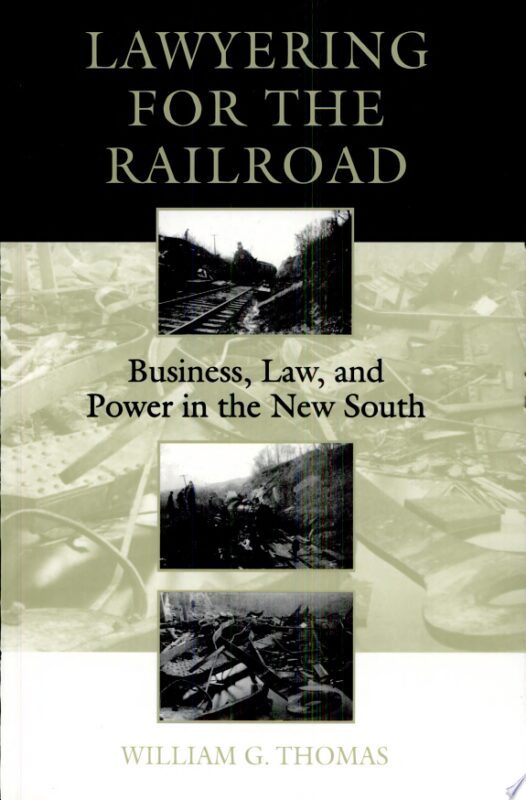HOW TO SUE YOUR LAWYER
Michael Sean Quinn*
Suppose you are a client (C) of a lawyer (L) and you believe that your lawyer has done a lousy job. So, C wants to sue L for something. What types of claims can C use? Many states have a so-called “antifracturing rule.” This means–according to some courts–that C cannot sue L based on different parts of the law–different “causes of action” or distinct “compensable claims”–but can use only one part of the law, namely the cause of action commonly called “legal malpractice” (LM).
One problem built into this idea is that LM is frequently “defined,” “spoken of,” or “though about” as a type of negligence–lawyer negligence. But negligence is a legal idea covering only unintentionally caused injuries. Consider a car accident. If one driver drives poorly, e.g., using a cell phone, sat, and accidentally hits someone else, a car being driven by another, for example, that’s negligence. If the driver causing the collision by deliberately running into the car he hits, then that is not negligence; it is an intentional wrong.
If legal malpractice is restricted to lawyer negligence, then there are a lots of causes of action C cannot use to proceed against L. One of the most important is the cause of action fraud. Roughly speaking, fraud occurs when one person lies to another person and as a result causes the person lied to some sort of injury, usually at least financial. Lying of course is intentional conduct; there is no such thing as unintentional lying. Does it make sense that C cannot sue her lawyer for lying to her and thereby causing injury, i.e., suing for fraud?
Surely, it does not. So what solutions might there be? If there were no solutions, then the C-can-sue-L-only-for-professional-negligence would be nothing but a wall set up around Ls to prevent Cs from suing them for many types of wrongful conduct.
Here’s a solution. Forget about the word “negligence” and think about the real elements of the cause of action, namely, that L was rendering services without meeting the standard of care governing lawyers, namely that L is performing as reasonably competent lawyers would behave under the same or similar circumstances.
Arguably this view, if followed, would solve the “antifracturing” problem, simplify pleadings, and protect clients. Again consider an action for fraud. It is surely the case that a reasonable lawyer will not deliberately lie to his client. For a lawyer to do that is outside the bounds of professional rectitude. That fact would make an L-lie a type of legal malpractice. Hence, L-fraud is actionable but as a form of legal malpractice.
Interestingly, one way courts, commentators, and lawyers deal with this problem is as follows: “Granted, many courts have described legal malpractice as professional negligence. However, they don’t really mean it.” This is a poor solution since it is misleading to everyone. Hoz’about this one. “Granted, that could defined legal mal in terms of negligernce, but the judge wasn’t thinking.” Not like that one either?
What about this one: “Well what happened here was that the fact pattern before the court was negligence and that was what was pled, so the court was simply formulating something about one of the key components of the standard of care namely negligence which falls below the standard of care. The court did not mean to say that nothing else was below the standard of care.” Surely many other acts and omissions are down there, some further down than others.
*Michael Sean Quinn, Ph.D, J.D., Etc.
Law Office of Michael Sean Quinn
Law Office of Michael Sean Quinn
1300 West Lynn #208
Austin, Texas 78703
(o)(c) 512-656-0503




Recent Comments